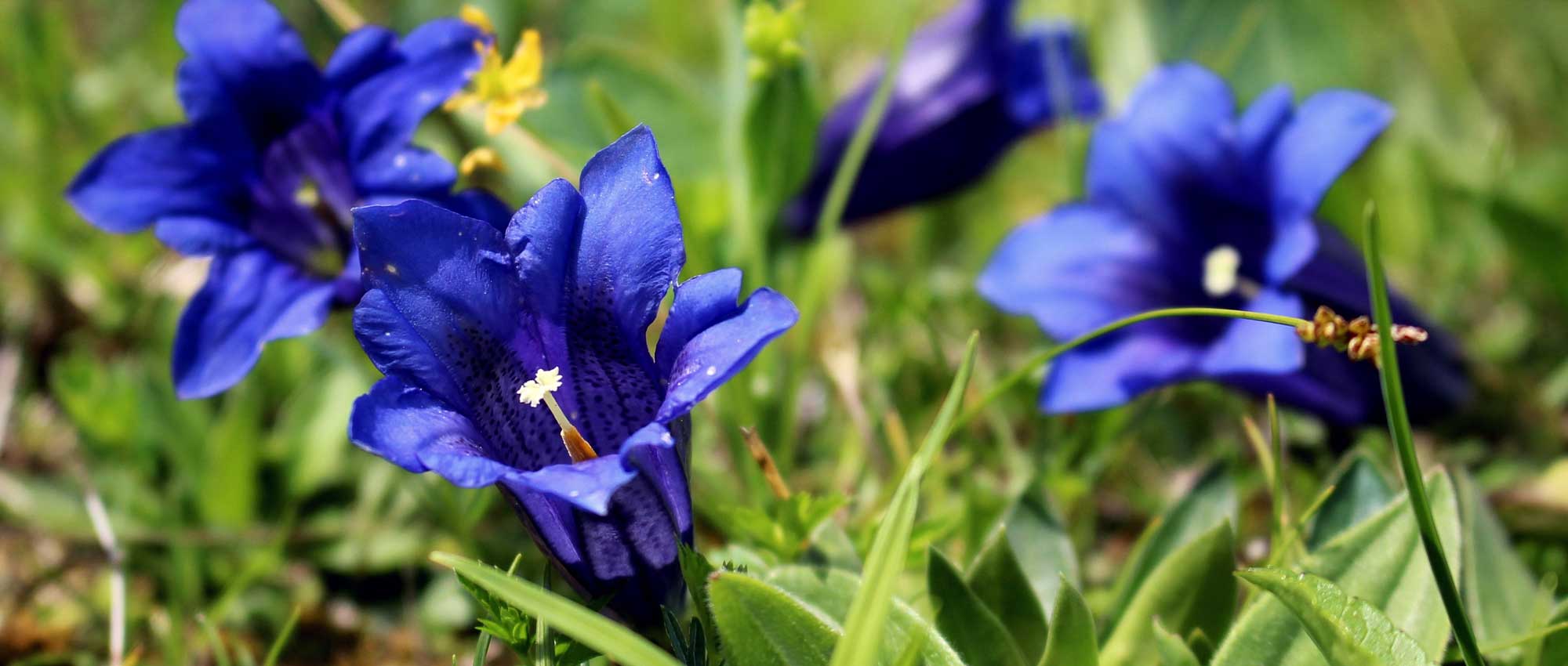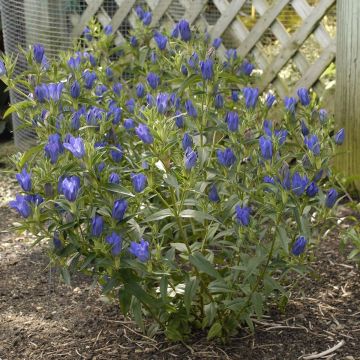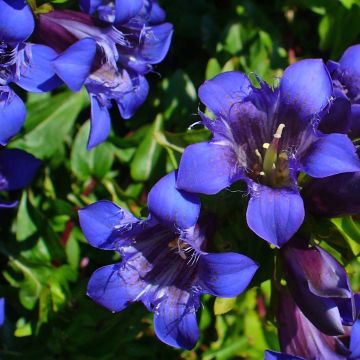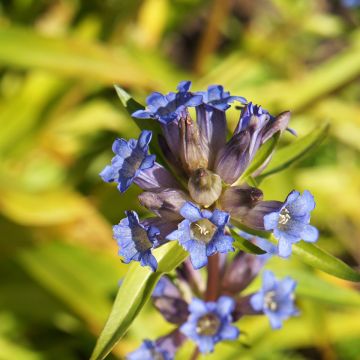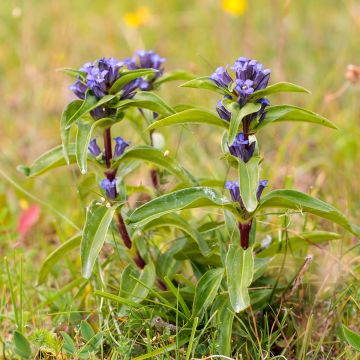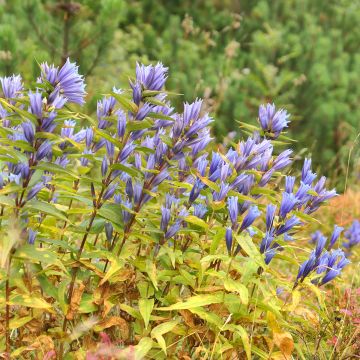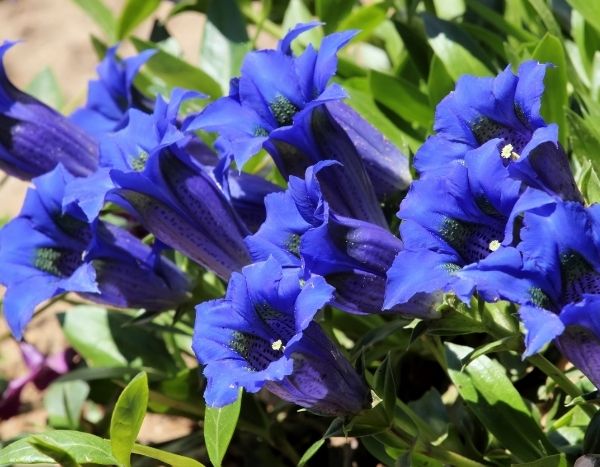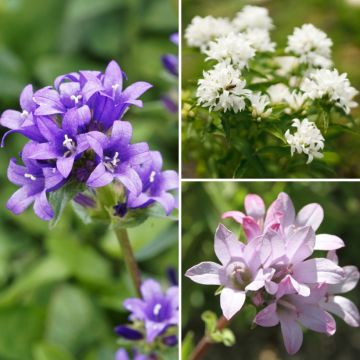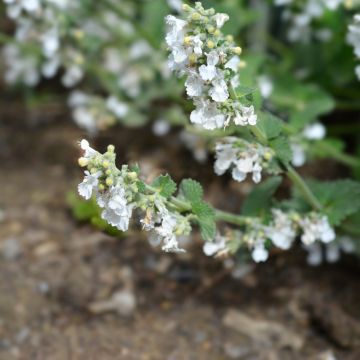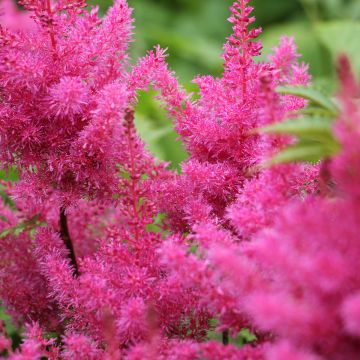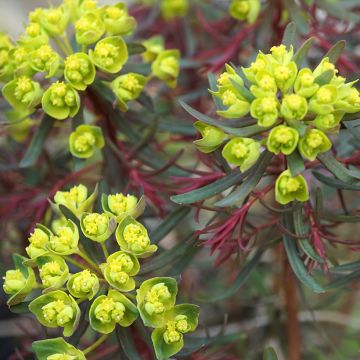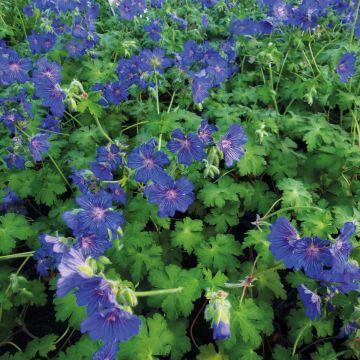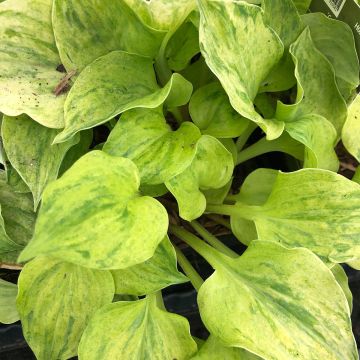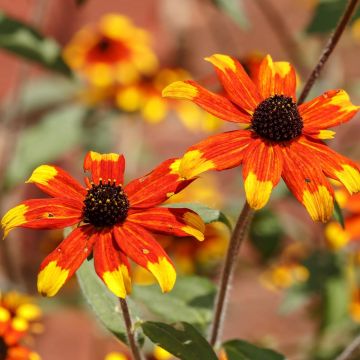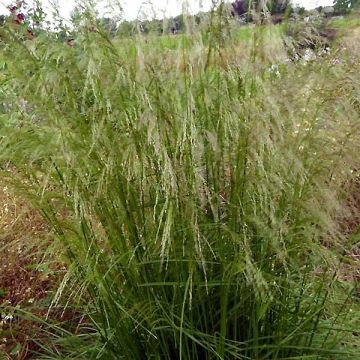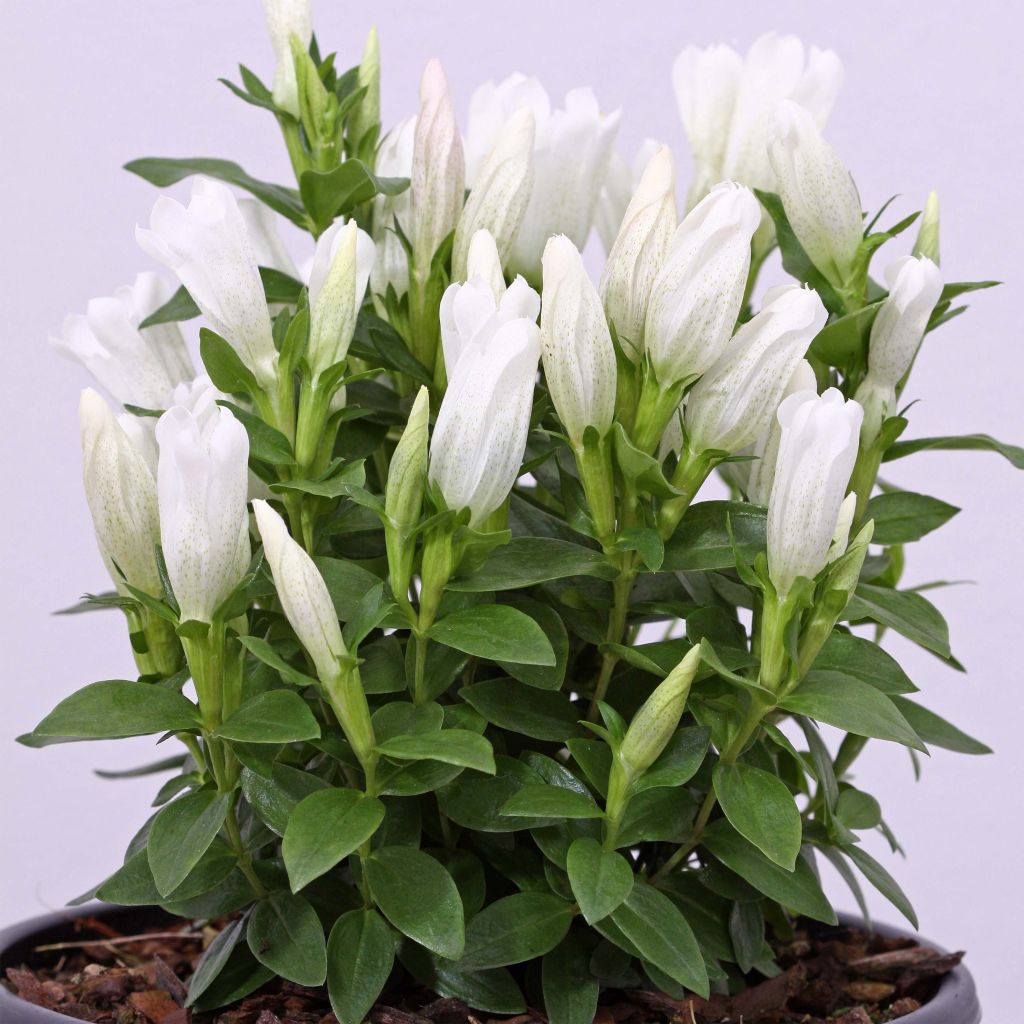

Gentiana makinoi White Magic
Gentiana makinoi White Magic
Gentiana makinoi White Magic ®
Very healthy plant received (13th June 2024). It shows new leaves. Maybe it will flower this year yet. I am looking forward to it. Highly recommend this shop.
Eliska (Czech Republic), 03/07/2024
Special offer!
Receive a €20 voucher for any order over €90 (excluding delivery costs, credit notes, and plastic-free options)!
1- Add your favorite plants to your cart.
2- Once you have reached €90, confirm your order (you can even choose the delivery date!).
3- As soon as your order is shipped, you will receive an email containing your voucher code, valid for 3 months (90 days).
Your voucher is unique and can only be used once, for any order with a minimum value of €20, excluding delivery costs.
Can be combined with other current offers, non-divisible and non-refundable.
Home or relay delivery (depending on size and destination)
Schedule delivery date,
and select date in basket
This plant carries a 12 months recovery warranty
More information
We guarantee the quality of our plants for a full growing cycle, and will replace at our expense any plant that fails to recover under normal climatic and planting conditions.

Would this plant suit my garden?
Set up your Plantfit profile →
Description
The 'White Magic' Gentian is a new variety of gentian that is both floriferous and compact, and easy to grow in any moist soil. It is distinguished above all by its long white flowering period. This perennial forms a small clump with rich, bright green foliage and bears flowers that resemble white tulips, which are large considering its small size. If the faded flowers are carefully removed, it is capable of flowering until October. This gentian will create a charming display in a border or in a pretty pot on the terrace. The cut flowers last up to 2 weeks in a vase.
The 'White Magic' Gentian is a recent Dutch horticultural creation. It actually originated as a mutation on a stem of a 'Blue magic' gentian plant in 2008. Like all gentians, it belongs to the Gentianaceae family. Its ancestor, Gentiana makinoi, is a Japanese botanical species native to the high mountains of Honshu, where it grows in wet areas.
It is a deciduous perennial, with above-ground vegetation disappearing in winter. Forming an upright and dense clump, this dwarf and bushy variety is adorned with beautiful lanceolate leaves, shiny, measuring about 2.8 cm (1in) long and 1.6 cm (1in) wide, a beautiful bright green colour, with a lighter central vein. It grows quite rapidly, reaching about 30 cm (12in) in height when flowering, 16 cm (6in) for the foliage, and 18 cm (0 and 7in) wide. From late May to September-October, numerous and large flowers, 5 cm (2in) in length and 2 cm (1in) in diameter, in the form of trumpets, stand upright along the length of the stems. They bloom in the axils of the leaves and in terminal clusters, in groups of 3, in pairs, or individually. They emit a light cinnamon fragrance. Each flower has a corolla that widens into 5 slightly shiny lobes, white washed with cream and green at the base. No seed production has been observed in cultivation trials in the Netherlands.
The 'White Magic' gentian is a relatively easy perennial to grow, as it will tolerate a good, well-drained garden soil, even slightly alkaline. In the ground, it is ideally placed in soil enriched with compost, which remains moist and well-drained, on a wall, in a rockery, on a slope, in border plantings, or in a trough, in a mountain garden. It prefers sunny spaces that are not too hot, or partially shade, where it can establish deep roots. This gentian can be combined, in a border or rockery, with snowdrops, botanical tulips, crocuses, Lewisia, dwarf conifers, corydalis, or even heucheras. It can be grown in pots without difficulty, following the same growing conditions.
The term Gentiana refers to Gentius, the king of Illyria (now Albania) in the 2nd century BC, who, according to Pliny the Elder, discovered the medicinal and healing properties of the yellow gentian root.
Gentiana makinoi White Magic in pictures
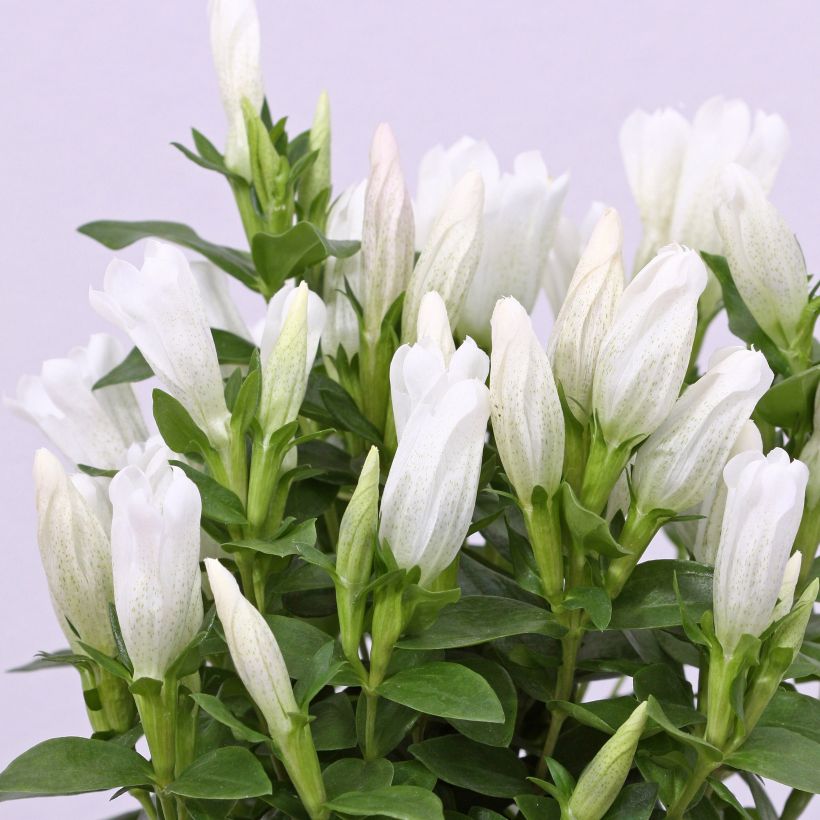

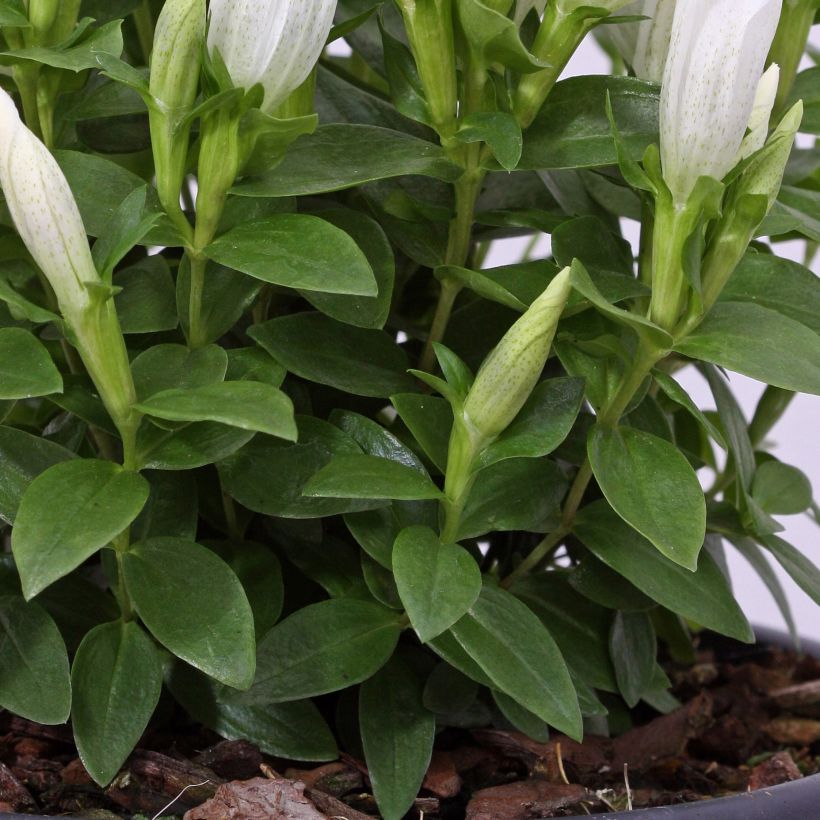

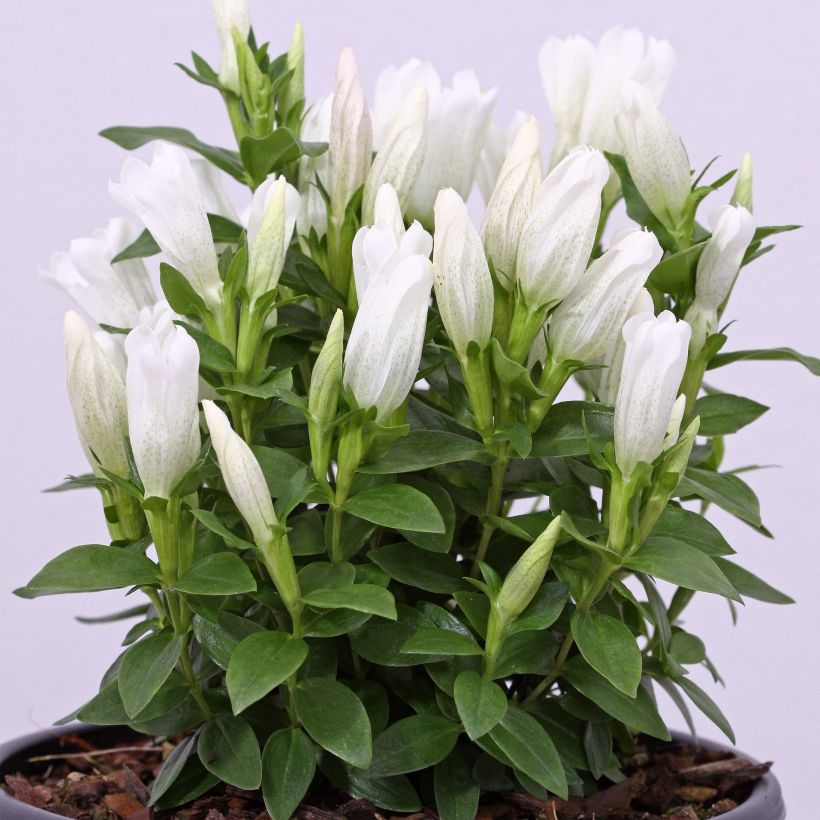

Flowering
Foliage
Plant habit
Botanical data
Gentiana
makinoi
White Magic ®
Gentianaceae
Cultivar or hybrid
Other Gentian
View all →Planting and care
Gentiana White Magic should be planted in spring or autumn. When planting, between September and March, it should be placed in garden soil enriched with compost, gravel, and humus-rich material such as leaf compost. The presence of limestone in the soil or irrigation water is not a problem. The soil should be well-drained but moist throughout the year. This plant, perfectly hardy, does not appreciate extremely hot summers. In spring, a fertiliser of crushed horn or well-decomposed manure will be welcome. A sunny or partially shaded site will be suitable. This Gentian should be planted in a 20 cm (8in) pot, in a mixture of compost, garden soil, and gravel. Repot every year, without disturbing its roots too much.
Planting period
Intended location
Care
Planting & care advice
-
, onOrder confirmed
Reply from on Promesse de fleurs
Similar products
Haven't found what you were looking for?
Hardiness is the lowest winter temperature a plant can endure without suffering serious damage or even dying. However, hardiness is affected by location (a sheltered area, such as a patio), protection (winter cover) and soil type (hardiness is improved by well-drained soil).

Photo Sharing Terms & Conditions
In order to encourage gardeners to interact and share their experiences, Promesse de fleurs offers various media enabling content to be uploaded onto its Site - in particular via the ‘Photo sharing’ module.
The User agrees to refrain from:
- Posting any content that is illegal, prejudicial, insulting, racist, inciteful to hatred, revisionist, contrary to public decency, that infringes on privacy or on the privacy rights of third parties, in particular the publicity rights of persons and goods, intellectual property rights, or the right to privacy.
- Submitting content on behalf of a third party;
- Impersonate the identity of a third party and/or publish any personal information about a third party;
In general, the User undertakes to refrain from any unethical behaviour.
All Content (in particular text, comments, files, images, photos, videos, creative works, etc.), which may be subject to property or intellectual property rights, image or other private rights, shall remain the property of the User, subject to the limited rights granted by the terms of the licence granted by Promesse de fleurs as stated below. Users are at liberty to publish or not to publish such Content on the Site, notably via the ‘Photo Sharing’ facility, and accept that this Content shall be made public and freely accessible, notably on the Internet.
Users further acknowledge, undertake to have ,and guarantee that they hold all necessary rights and permissions to publish such material on the Site, in particular with regard to the legislation in force pertaining to any privacy, property, intellectual property, image, or contractual rights, or rights of any other nature. By publishing such Content on the Site, Users acknowledge accepting full liability as publishers of the Content within the meaning of the law, and grant Promesse de fleurs, free of charge, an inclusive, worldwide licence for the said Content for the entire duration of its publication, including all reproduction, representation, up/downloading, displaying, performing, transmission, and storage rights.
Users also grant permission for their name to be linked to the Content and accept that this link may not always be made available.
By engaging in posting material, Users consent to their Content becoming automatically accessible on the Internet, in particular on other sites and/or blogs and/or web pages of the Promesse de fleurs site, including in particular social pages and the Promesse de fleurs catalogue.
Users may secure the removal of entrusted content free of charge by issuing a simple request via our contact form.
The flowering period indicated on our website applies to countries and regions located in USDA zone 8 (France, the United Kingdom, Ireland, the Netherlands, etc.)
It will vary according to where you live:
- In zones 9 to 10 (Italy, Spain, Greece, etc.), flowering will occur about 2 to 4 weeks earlier.
- In zones 6 to 7 (Germany, Poland, Slovenia, and lower mountainous regions), flowering will be delayed by 2 to 3 weeks.
- In zone 5 (Central Europe, Scandinavia), blooming will be delayed by 3 to 5 weeks.
In temperate climates, pruning of spring-flowering shrubs (forsythia, spireas, etc.) should be done just after flowering.
Pruning of summer-flowering shrubs (Indian Lilac, Perovskia, etc.) can be done in winter or spring.
In cold regions as well as with frost-sensitive plants, avoid pruning too early when severe frosts may still occur.
The planting period indicated on our website applies to countries and regions located in USDA zone 8 (France, United Kingdom, Ireland, Netherlands).
It will vary according to where you live:
- In Mediterranean zones (Marseille, Madrid, Milan, etc.), autumn and winter are the best planting periods.
- In continental zones (Strasbourg, Munich, Vienna, etc.), delay planting by 2 to 3 weeks in spring and bring it forward by 2 to 4 weeks in autumn.
- In mountainous regions (the Alps, Pyrenees, Carpathians, etc.), it is best to plant in late spring (May-June) or late summer (August-September).
The harvesting period indicated on our website applies to countries and regions in USDA zone 8 (France, England, Ireland, the Netherlands).
In colder areas (Scandinavia, Poland, Austria...) fruit and vegetable harvests are likely to be delayed by 3-4 weeks.
In warmer areas (Italy, Spain, Greece, etc.), harvesting will probably take place earlier, depending on weather conditions.
The sowing periods indicated on our website apply to countries and regions within USDA Zone 8 (France, UK, Ireland, Netherlands).
In colder areas (Scandinavia, Poland, Austria...), delay any outdoor sowing by 3-4 weeks, or sow under glass.
In warmer climes (Italy, Spain, Greece, etc.), bring outdoor sowing forward by a few weeks.






























